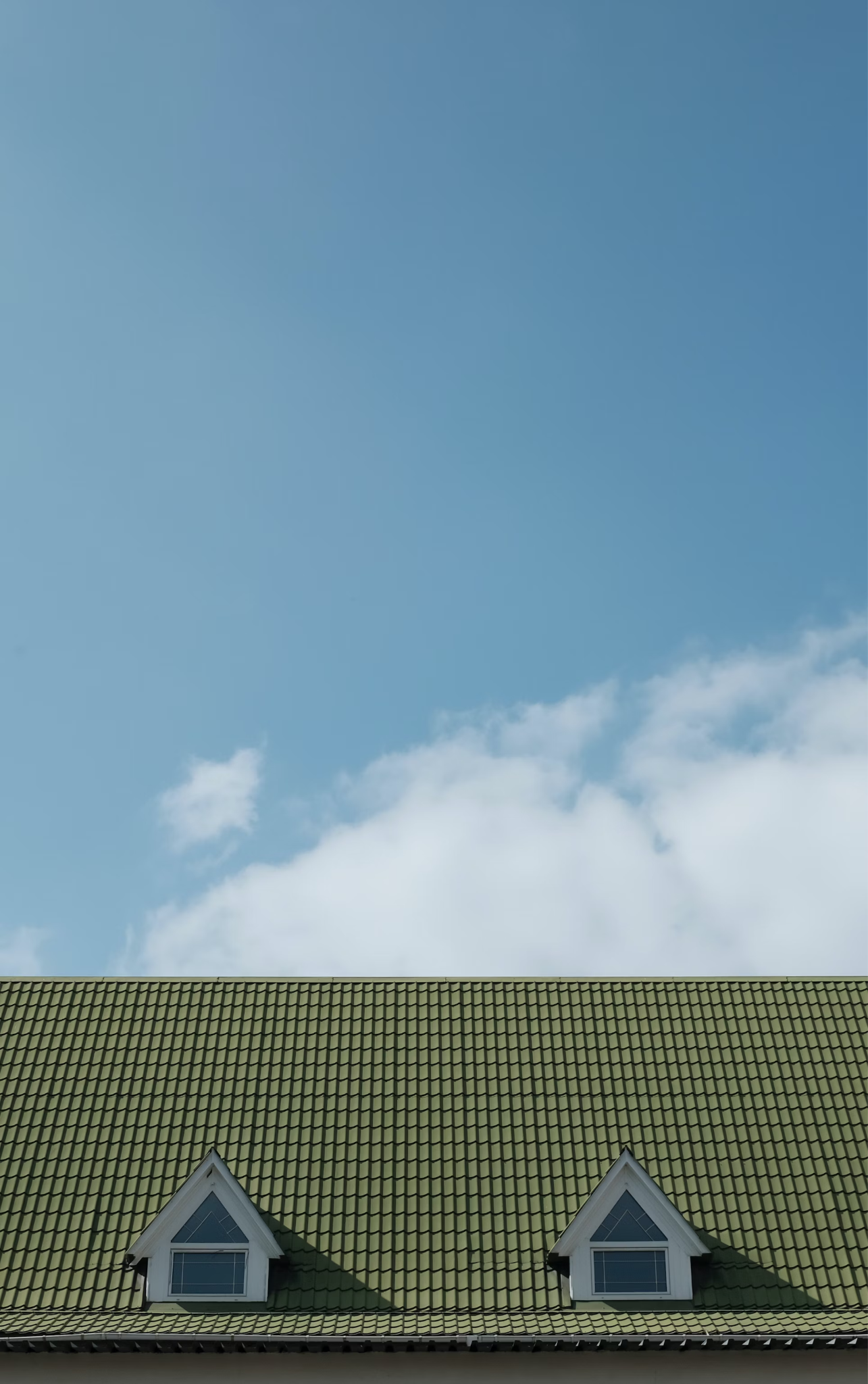Your roof is one of the most critical components of your home, protecting you and your family from the elements year-round. However, it’s easy to take this vital structure for granted until a problem arises. To prevent costly repairs and extend the life of your roof, regular inspection and maintenance are essential. In this comprehensive guide, we’ll walk you through the steps to inspect and maintain your roof properly, ensuring it remains in top condition for years to come.
I. Understanding the Importance of Roof Maintenance
Maintaining your roof is not just about aesthetics; it’s about safeguarding your investment. As explained by the team behind SecuredRoofingandSolar.com, a well-maintained roof can enhance your home’s curb appeal, increase its value, and prevent costly water damage repairs. Regular roof maintenance can also help you identify potential issues early, saving you money in the long run. Neglecting your roof can lead to leaks, mold growth, and structural damage, so it’s essential to take proactive steps.
II. Establishing a Roof Inspection Schedule
Regular inspections are the cornerstone of proper roof maintenance. Create a schedule to inspect your roof at least twice a year – ideally in the spring and fall. Additionally, inspect after severe weather events like storms or heavy snowfall. These inspections should include checking for damaged shingles, and signs of wear and tear, and ensuring that your roof’s flashing and seals are intact. Pay attention to the condition of your gutters and downspouts as well, as they play a crucial role in diverting water away from your roof.
III. Safely Accessing Your Roof
Safety should be a top priority when inspecting and maintaining your roof. Before climbing up, ensure you have the right safety equipment, such as a sturdy ladder, non-slip shoes, and a safety harness. Avoid inspecting your roof in adverse weather conditions or if it’s wet, as this can be dangerous. If you’re uncomfortable or unsure about accessing your roof, consider hiring a professional roofing contractor who has the necessary experience and equipment.
IV. Inspecting Shingles and Roofing Materials
Your roof’s shingles or roofing material are the first line of defense against the elements. During your inspection, look for:
- Missing or damaged shingles: Replace any missing or damaged shingles promptly to prevent water infiltration.
- Curling or buckling shingles: These can be signs of aging or improper installation and should be addressed.
- Algae or moss growth: Clean and treat your roof to prevent these growths from causing damage.
- Cracked or deteriorating seals: Check the seals around vents, chimneys, and flashing, repairing any issues to prevent leaks.
V. Cleaning and Maintaining Gutters
Clean, well-maintained gutters are essential for proper roof drainage. Clogged gutters can lead to water buildup on your roof, causing damage over time. To maintain your gutters:
- Remove debris: Regularly clean leaves, twigs, and other debris from your gutters to ensure water flows freely.
- Check for leaks: Inspect your gutters for leaks or loose joints, repairing them as needed.
- Downspout maintenance: Ensure downspouts are properly aligned and extended away from your foundation to prevent water damage.
VI. Addressing Roof Repairs
If you discover issues during your inspections, it’s crucial to address them promptly. Small problems can quickly escalate if left unattended. Consider hiring a professional roofing contractor for more complex repairs or if you’re unsure about tackling them yourself. Roof repairs may include replacing damaged shingles, sealing leaks, and addressing issues with flashing or vents.
VII. Extending Your Roof’s Lifespan Through Prevention
Prevention is the key to extending your roof’s lifespan and minimizing maintenance costs. Consider the following proactive measures:
- Trim overhanging branches: Trees near your home can drop leaves and debris onto your roof and provide a pathway for critters. Trim back branches to minimize these issues.
- Install gutter guards: Gutter guards can help keep debris out of your gutters, reducing the frequency of cleaning and preventing clogs.
- Ventilation and insulation: Proper attic ventilation and insulation can help regulate your roof’s temperature and prevent ice dams in winter, prolonging the life of your roofing materials.
- Professional inspections: Periodically, have a roofing professional conduct a comprehensive inspection to identify potential problems early and provide recommendations for maintenance or repairs.
Properly inspecting and maintaining your roof is essential for protecting your home and your investment. Regular inspections, attention to detail, and prompt repairs can extend the life of your roof and save you from costly repairs down the road. Remember to prioritize safety when working on your roof and, when in doubt, seek the assistance of a professional roofing contractor. With these steps, you can enjoy peace of mind knowing that your roof will continue to provide reliable protection for your home for years to come. Don’t wait until a problem arises; start your roof maintenance routine today.


